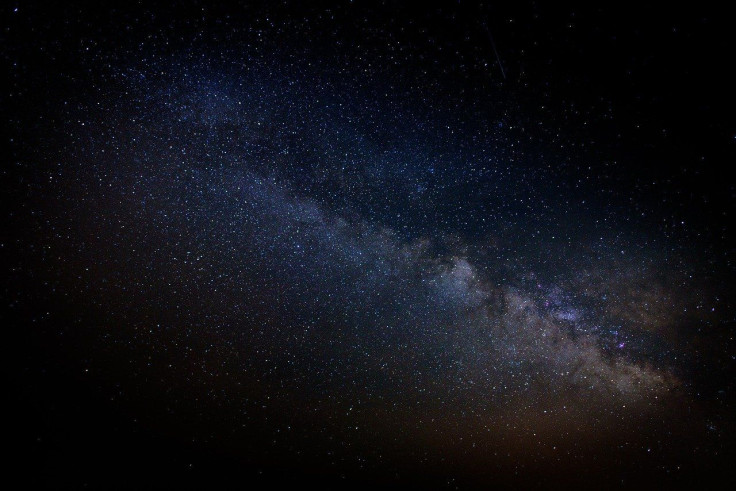Don't Miss Jupiter's Opposition, Closest Approach To Earth In 59 Years
KEY POINTS
- Planets are largest and brightest during their opposition
- Jupiter's opposition "rarely" coincides with its closest approach
- "Views will be extraordinary" during Jupiter's double event
Jupiter will be reaching its opposition this month, so skywatchers will likely have excellent views of it. This year's event is even more special as it also coincides with the planet's closest approach to the Earth in nearly 60 years.
Jupiter's opposition actually happens every 13 months, according to NASA. During this time, the planet will be larger and brighter "than any other time of the year." But this year, during its opposition on Sept. 26, Jupiter will also be the closest that it has been to Earth in the last 59 years.
"Stargazers can expect excellent views of Jupiter the entire night of Monday, Sept. 26," NASA noted, adding that Jupiter and the Earth will be about 367 million miles away from each other during the close approach.
This is just about the same distance between the planets in 1963, the agency said.
As EarthSky explained, Jupiter isn't always at its closest to the Earth during its opposition, when it and the Sun are on the opposite sides of the Earth. It just so happens that this year's opposition and its closest approach fall on the same day.
"Jupiter's closest approach to Earth rarely coincides with opposition, which means this year's views will be extraordinary," NASA said.
As such, skywatchers may just be in for a rather special treat from the biggest planet in our solar system. Astrophotographers may also want to bring out their favorite cameras as oppositions are said to be the best time to see and photograph a planet. Jupiter's double event this year may not be something they want to miss.
The best viewing locations will be at higher elevations "in a dark and dry area," Adam Kobelski of NASA's Marshall Space Flight Center said, as per the agency. Larger telescopes would allow skywatchers to see the details of the planet's iconic Great Red Spot. But even "good binoculars" may just grant sky watchers a view of some of its Galilean moons as well as its banding, he added.
"The views should be great for a few days before and after Sept. 26," Kobelski said. "So, take advantage of good weather on either side of this date to take in the sight. Outside of the Moon, it should be one of the (if not the) brightest objects in the night sky."

© Copyright IBTimes 2024. All rights reserved.






















